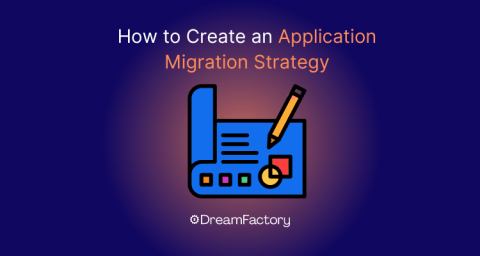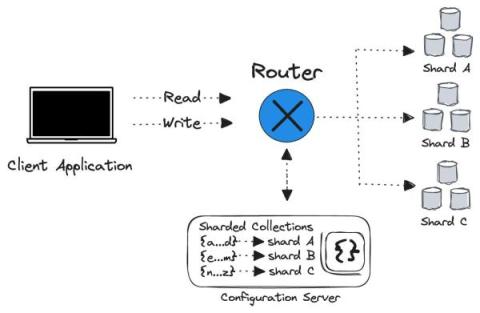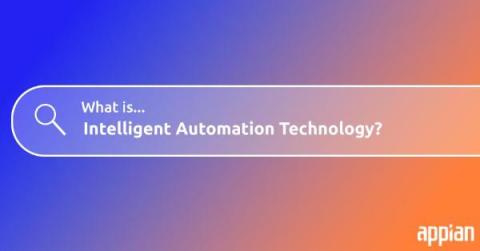Building command-line applications in Python
If you are into programming, you might have used commands like cp, mv, cat, etc, to perform different operations using a text interface like bash or Windows PowerShell. This article discusses implementing command-line applications in Python with functionalities such as keyword arguments, flags, positional arguments, and mode selection. It also discusses how to implement the Linux head command in Python.











